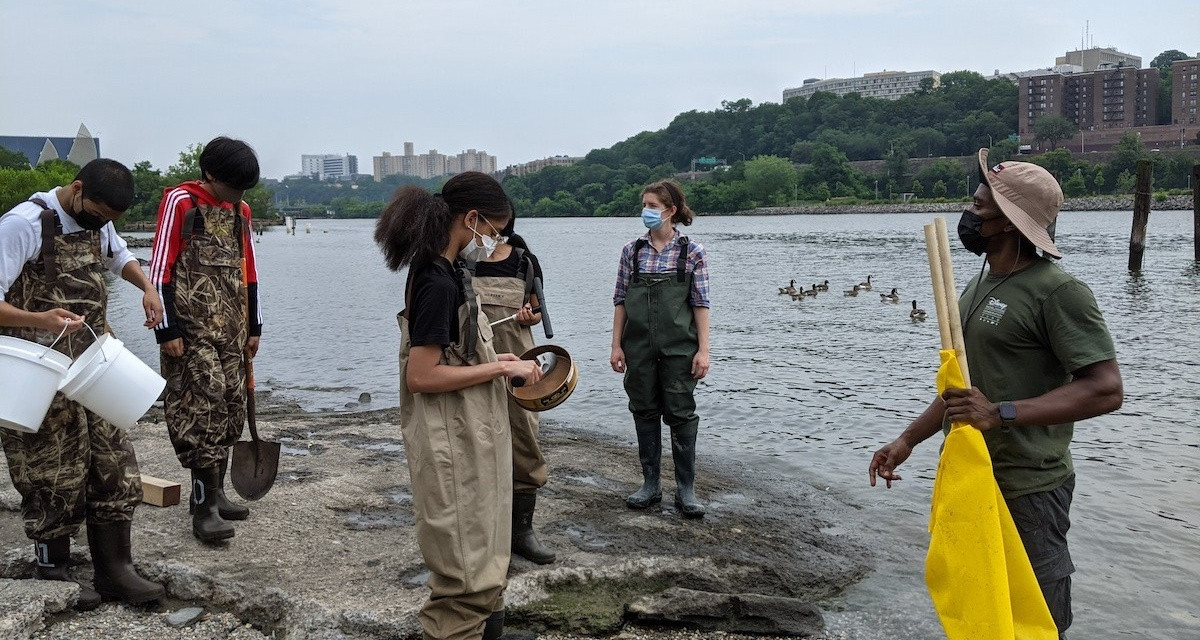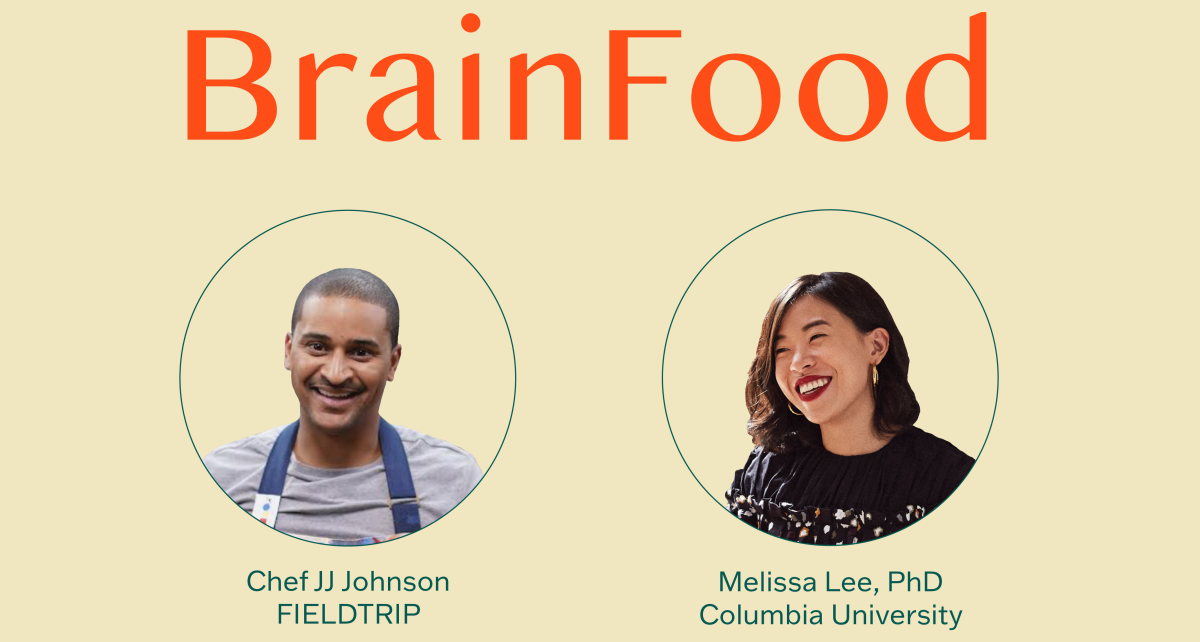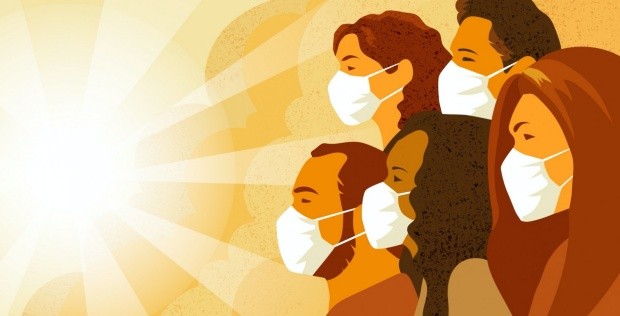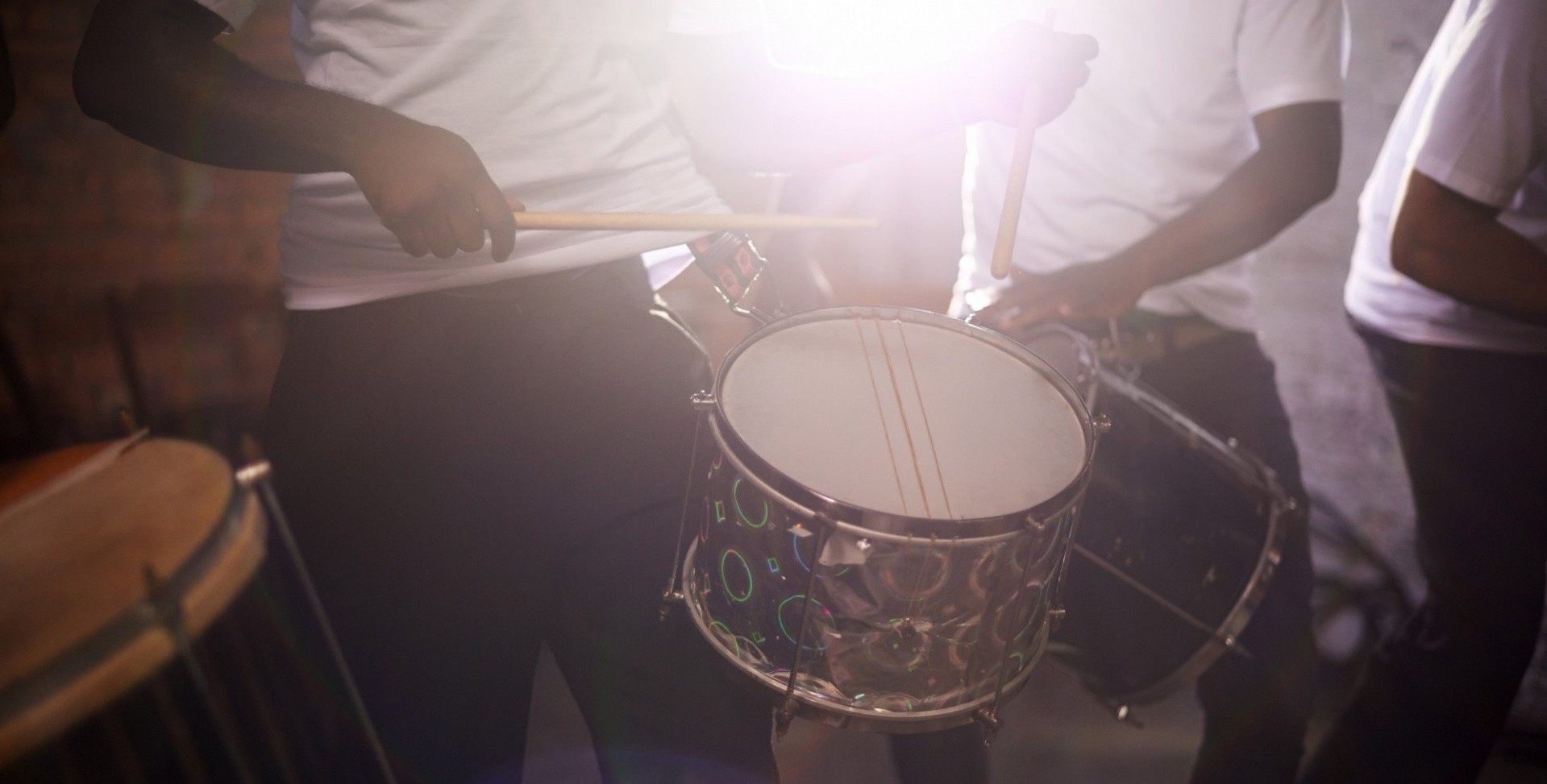To fully measure the impact of our interdisciplinary collaborations, research efforts, outreach programs, and events, the Center for Science and Society gathers a variety of qualitative and quantitative metrics. We use surveys, narrative reports, and feedback sessions to assess and contextualize the quality and depth of collaborations, their scholastic results, and strategies for overcoming interdisciplinary challenges.
To quantify our reach and growth, we collect data from the number and types of events we organize including attendee and participant demographics, as well as analytics from our website and social media audiences, and information about the funding we award and are awarded every year. Some key metrics from our community:
- Among our academic collaborators, 28% of members come from natural and applied sciences departments, 30% from humanities, and 30% from social science disciplines.
- Since 2014, the Center has awarded more than $210,000 in grants to students and faculty for 79 seed, course development, and public outreach projects.
- Approximately 75% of seed and public outreach grants were awarded to students.
- In 2021-2022, our website received over 40,000 visitors from 183 countries and territories.
However, numbers alone cannot paint a complete picture. Below are stories from our community members and grant recipients. They attest to the myriad ways that our activities have created new insights and partnerships. Using this information from students, scholars, and the public, the Center is able to evolve and enhance our offerings.
Exploring Environmental Justice in a High School Classroom

In a city as diverse as New York, neighborhood wealth disparities transform into issues of environmental justice—from lack of access to green spaces to increased pollution. With the help of a Center for Science and Society Public Outreach Grant, nine PhD students spent the past year developing a six-week program for students from a Washington Heights high school experiencing these environmental issues firsthand.
Learn more from one of the organizers and two of the undergraduate summer interns in the full article.
Combining Food, Neuroscience, and Community

What effect does food have on our brains? What we put in our bodies can trigger old memories, alter our moods, change our productivity, and more. BrainFood was an event created specifically for the Harlem community with the help of a Public Outreach Grant and partnerships with local organizations.
The organizers also provided free meal kits to local residents. Chef JJ Johnson closed out the online event with a cooking demonstration of avocado black fried rice. Watch the recording and learn more in the full article.
Students Imagine Life Beyond COVID-19 Pandemic

In 2020, we reached out to students across Columbia University to imagine how the world might look in 6-12 months. As part of a generation of young adults who have grown up in an era of rapid technological advances and signfificant political and social change, and who were studying in NYC until the virus uprooted their lives, we were eager to hear their perspectives.
See the full article with comments from undergraduate and graduate students in the natural and social sciences, public health, and humanities.
Creating Community, Identity, and Social Bonds Through Music

Although listening to music can be a solitary activity, shared experiences of music can create group identity and connections between people who may otherwise have little in common. How and why does this happen?
Ahead of a seminar focused on this question, the Center with several student music groups who shared what community means to them and their favorite songs for group bonding. See their responses and an event playlist created by students and speakers via the full article.
